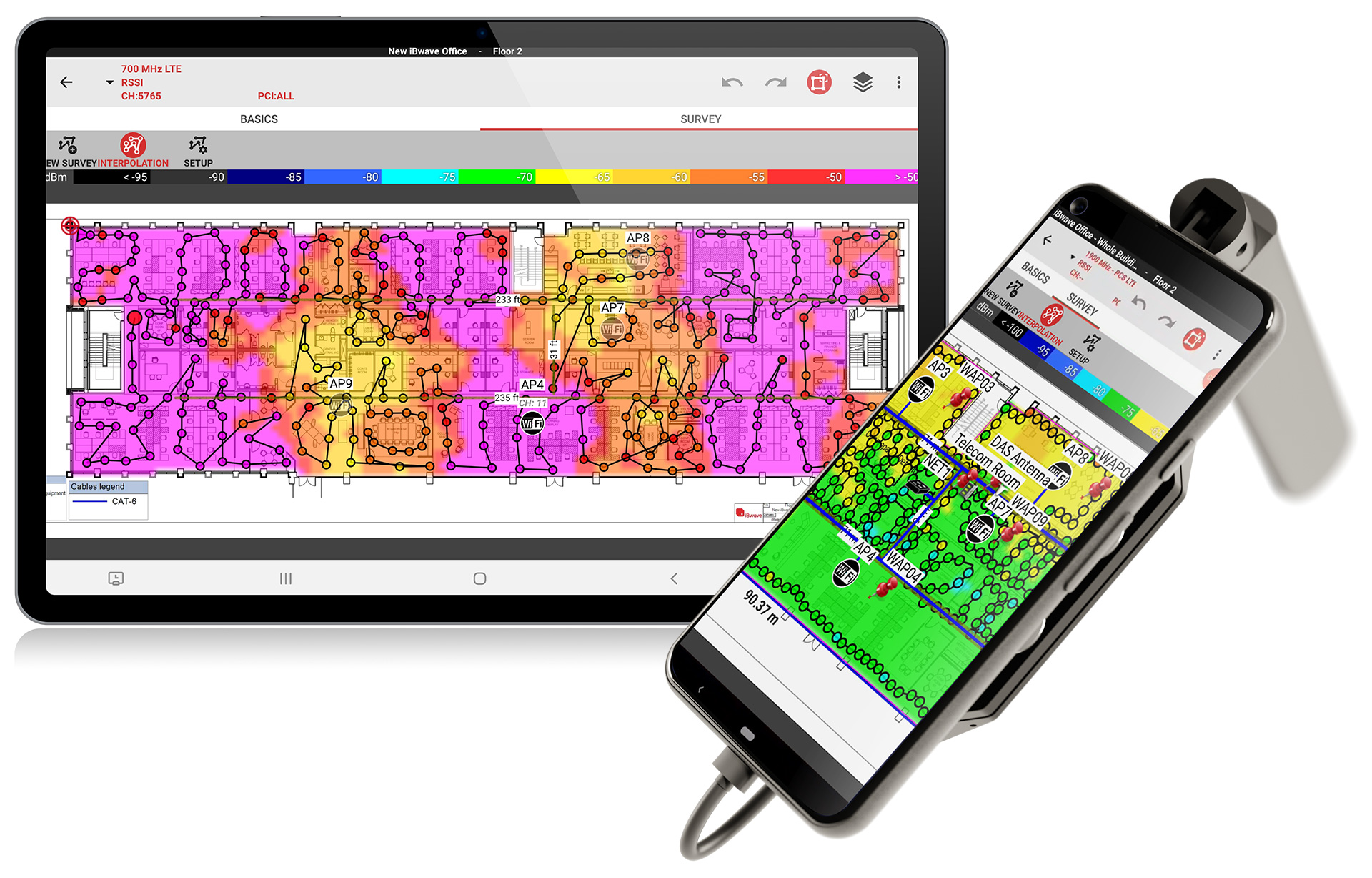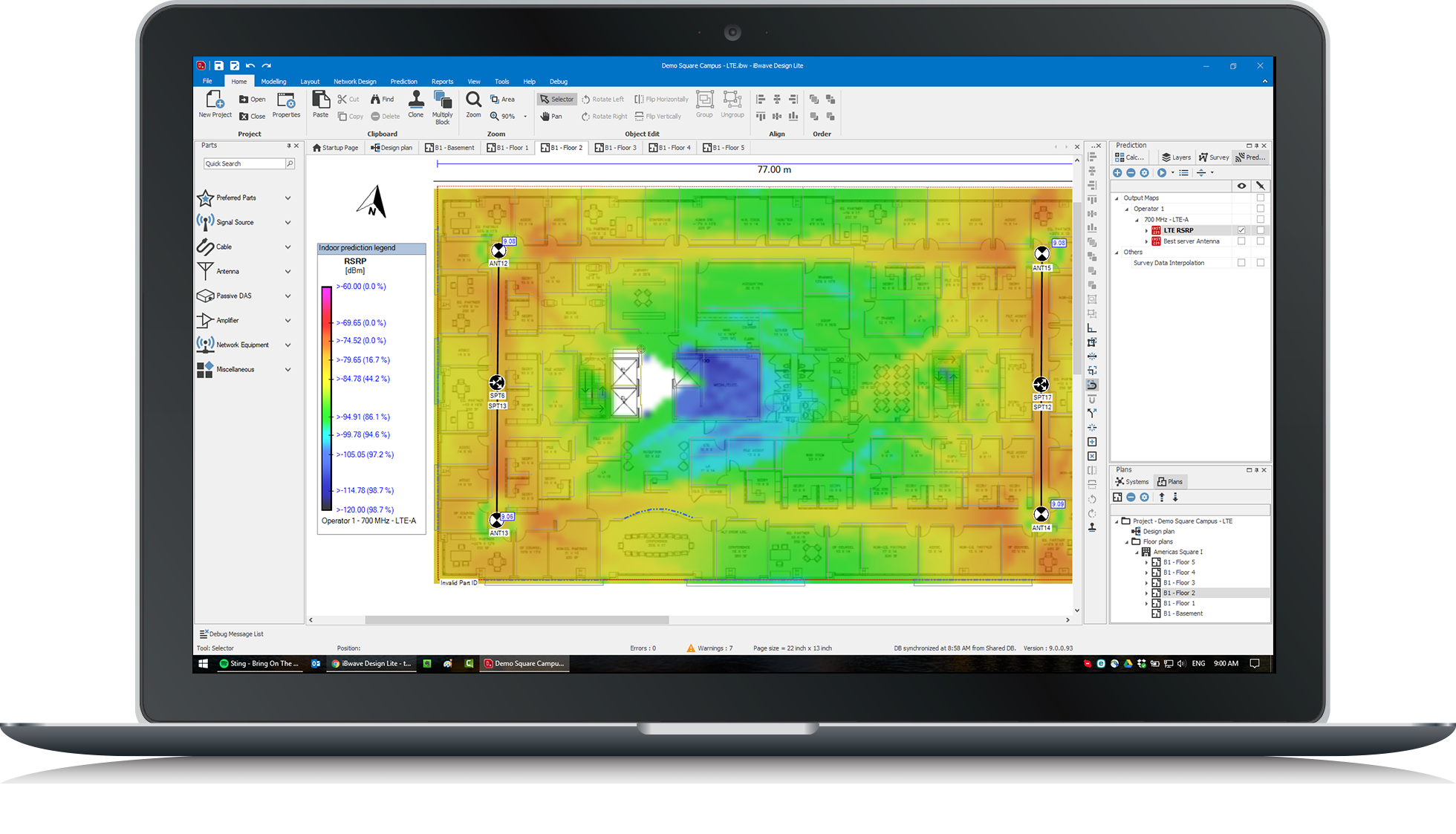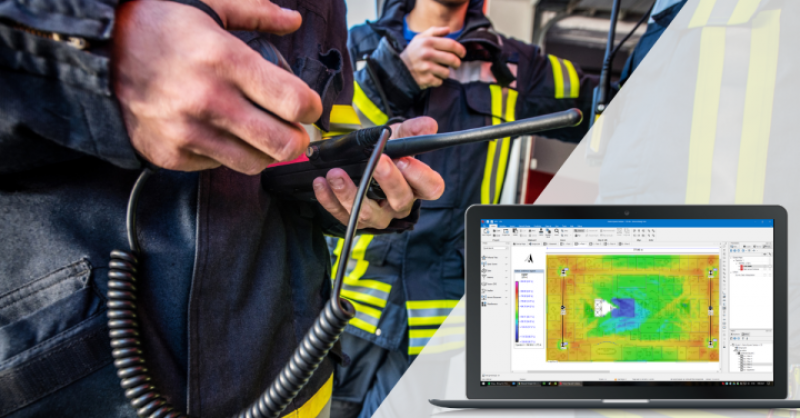
As we navigate the intricate landscape of public safety networks, we unravel the fundamental elements that underscore their importance. This exploration sheds light on the pivotal role played by RF (Radio Frequency) engineering and the diverse communication technologies essential for their seamless operation.
The Crucial Role of Public Safety Networks
Public safety networks form the backbone of emergency response, safeguarding public safety and supporting the effectiveness of our first responders. In moments of urgency, the rapid exchange of information becomes paramount, rendering these networks indispensable. They facilitate seamless sharing of critical information among first responders, fostering coordinated actions and swift responses to incidents.
Decoding RF Propagation
At the core of public safety networks lies RF engineering, a nuanced discipline involving the design, deployment, and maintenance of wireless communication systems within the radio frequency spectrum. Grasping key RF concepts, including signals, frequency, wavelength, amplitude, and bands, is essential for adeptly managing and optimizing RF signals in public safety networks.
Public Safety Spectrum
To ensure reliable and interference-free communication, public safety agencies meticulously select specific frequency bands. These bands, ranging from VHF and UHF to 700 MHz and 800 MHz, are chosen based on their unique characteristics and suitability for different environments, such as long-distance or indoor coverage.
Communication Technologies in Public Safety Networks
Public safety networks leverage a variety of communication technologies, including P25, LTE, and Tetra. Each technology serves as a foundational pillar, empowering public safety agencies to make informed decisions based on their specific needs and infrastructure requirements.
The Importance of Strategic Network Planning
Strategic network planning takes center stage in the deployment or optimization of public safety networks. This involves an orchestrated blend of surveying, designing, verifying, and maintaining the network. Ensuring reliable network coverage through surveys and grid tests is crucial, laying the groundwork for a robust public safety network.
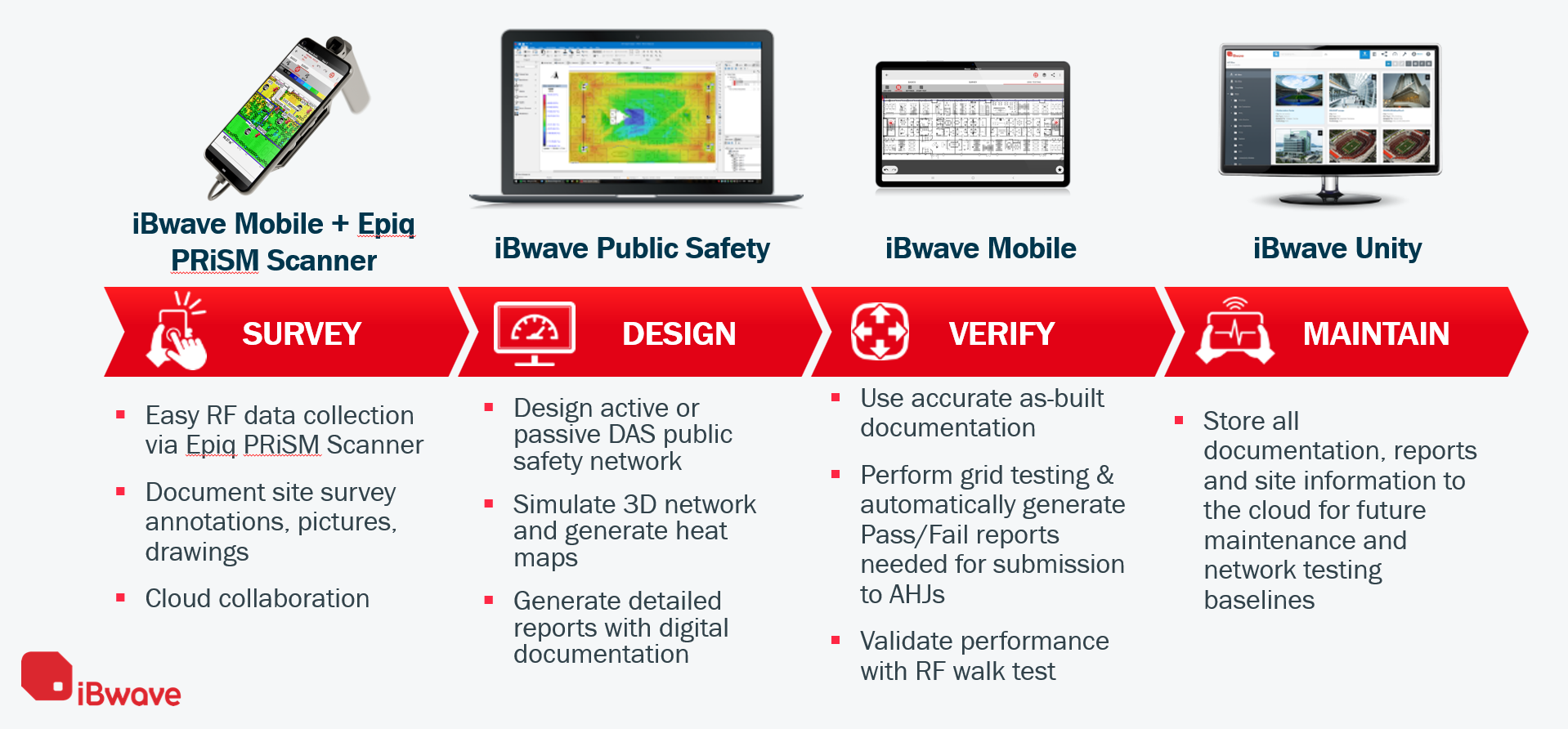
Surveying and Grid Testing of Public Safety Networks
Even before you start planning and designing your network, it’s crucial to test it and verify its performance. This step might be complex, but it is necessary in the network approval process. The process typically consists of network grid testing and surveying. Grid testing helps you identify the cells that don’t pass the set network requirements, and the survey shows you a detailed view of the weak areas in your building with insufficient coverage. You can also generate a report to submit to AHJs (Authorities Having Jurisdiction) and simplify the approval process.
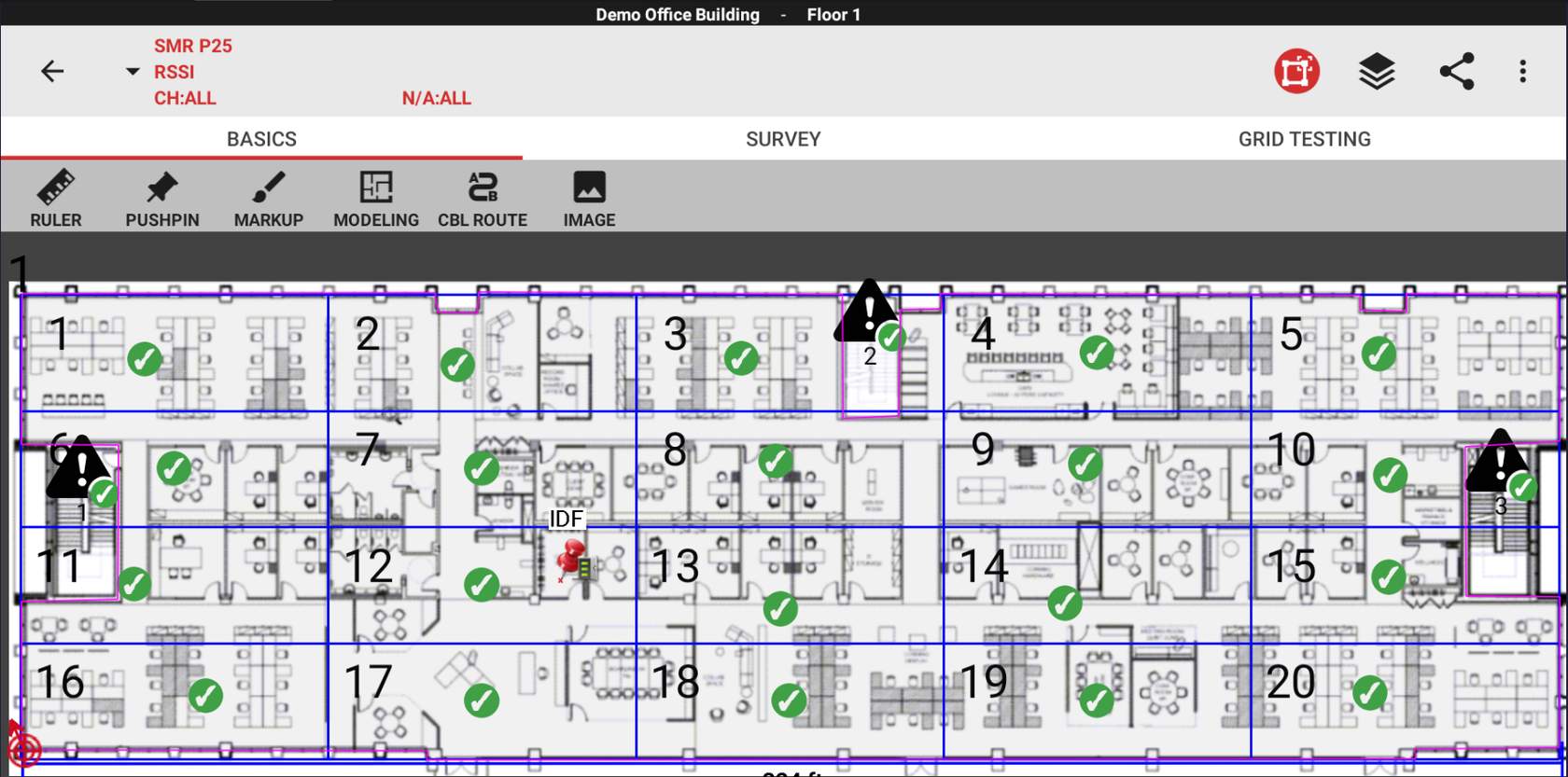
The Basics of Public Safety Network Design
The foundation of a reliable public safety network rests on the basics of network design. This involves strategically planning the placement and configuration of components to achieve the desired coverage, capacity, and reliability. A well-designed network ensures resilience, incorporating redundancy, backup power systems, and disaster recovery plans. Most importantly, proper public safety network design ensures that you meet coverage requirements in the building and maximizes the chances of your networks getting approved by AHJs.
Designing the network before deployment also saves you significantly on costs and time. With proper design, you plan and deploy the network only once, avoiding further costly optimizations, corrections, and network overdesigning (Deploying too many antennas).
Simplifying Public Safety Network Planning with iBwave
iBwave simplifies public safety network planning, providing specialized solutions for surveying, grid testing, and designing. With iBwave, you have all you need to get your public safety networks approved with minimal cost and time spent. Explore iBwave Mobile Survey for straightforward and cost-effective network testing and iBwave Public Safety, the most trusted software for designing the most reliable public safety networks.
By delving into the foundational elements of public safety networks and utilizing iBwave's simplified solutions, you can design and maintain networks that cater to the unique needs of first responders, ensuring effective communication during critical situations.
Want to Learn More?
For those seeking a deeper understanding of the basics of public safety networks, iBwave invites you to a complimentary free online course on RF Fundamentals for Public Safety Networks. This one-hour session caters to RF engineers, field technicians, students, or anyone looking to enhance their knowledge.

